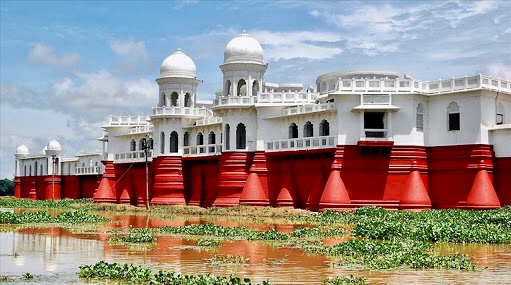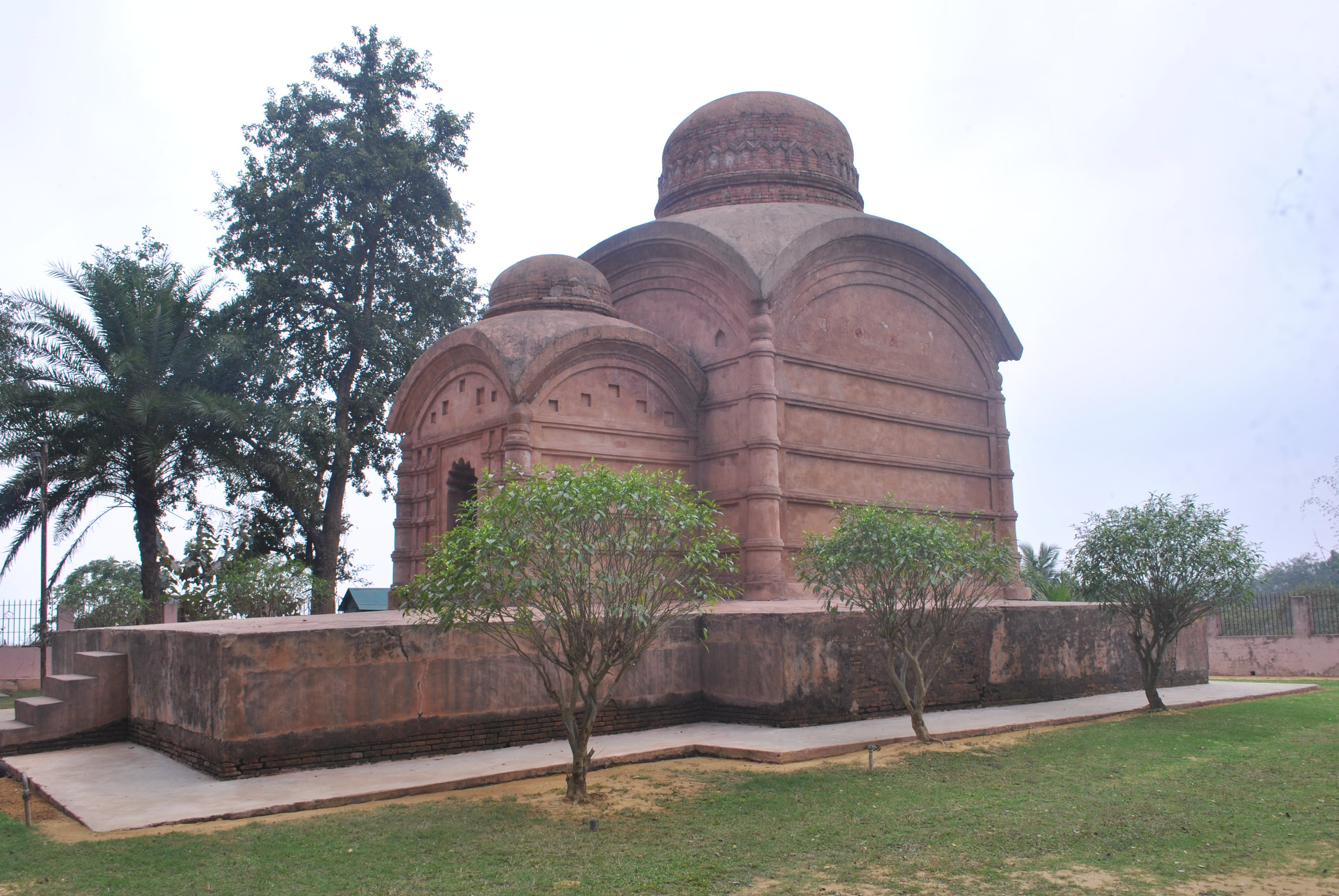Rudrasagar Lake represents a breathtaking confluence of natural beauty and architectural magnificence, situated in the heart of Tripura's Sipahijala district. The lake's most iconic feature, Neermahal Palace, stands as an extraordinary testament to the visionary leadership of Maharaja Bir Bikram Kishore Manikya Bahadur, who transformed a marshy landscape into a stunning royal retreat during the early 20th century.
The palace's construction between 1930 and 1938 was a remarkable engineering achievement, blending Hindu and Mughal architectural styles with meticulous precision. Commissioned by the Maharaja and designed by the British firm Martin and Burns, Neermahal emerged as a magnificent structure crafted from marble and sandstone, featuring intricate jaali work, numerous balconies, and dome-shaped minars that create a fortress-like aesthetic harmoniously integrated with the surrounding lake.
Architecturally, the palace is a marvel of design and functionality. Its complex system of underground pipes and channels demonstrates advanced hydraulic engineering, enabling efficient rainwater collection and filtration. The structure's strategic placement within Rudrasagar Lake allows it to appear both imposing and delicate, reflecting the architectural sophistication of the Tripura Kingdom during the early 20th century.
Beyond its architectural significance, Rudrasagar Lake plays a crucial ecological role in the region. Recognized as a wetland of national importance, the lake serves as a critical habitat for numerous migratory bird species during winter months. Its fresh water and rich biodiversity make it an essential conservation area, attracting researchers and nature enthusiasts from across India.
The cultural importance of Rudrasagar Lake extends far beyond its physical beauty. The annual Neermahal Water Festival, held in August, transforms the lake into a vibrant celebration of regional traditions. Boat races and swimming competitions draw visitors and showcase the community's deep connection to this aquatic landscape, highlighting the enduring cultural significance of this remarkable location.
Maharaja Bir Bikram Kishore Manikya Bahadur's vision for Neermahal was part of a broader modernization strategy for Tripura. His progressive leadership included urban planning, infrastructure development, and cultural patronage. The palace itself symbolized not just royal luxury but also a forward-thinking approach to design, blending aesthetic beauty with practical functionality.
The lake's linguistic and cultural heritage is equally fascinating. In the local Kokborok language, Neermahal is known as "Twijilikma Nuyung," meaning Water Palace, which reflects the deep indigenous connection to this landscape. This linguistic nuance underscores the profound cultural embedding of the site within the region's social fabric.
Today, Rudrasagar Lake and Neermahal continue to captivate visitors, offering a unique blend of historical grandeur, architectural brilliance, and natural splendor. Accessible only by boat, the palace provides an immersive experience that transports visitors to an era of royal magnificence, while simultaneously serving as a crucial ecological and cultural landmark in Tripura's rich heritage.





